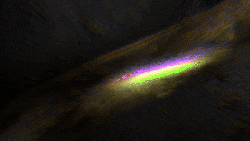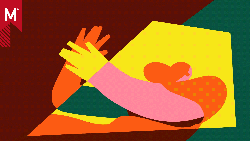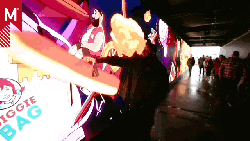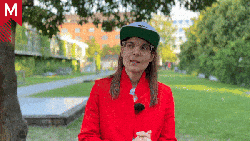Editor’s Note: At Motionographer, we believe that creative work carries both the power and responsibility to shape how cultures are seen and understood. Creativity doesn’t happen in a vacuum, it’s shaped by the cultures, histories, and lived experiences we engage with. This piece is more than a postmortem on a title sequence. It’s a moment of reflection, accountability, and growth. We want to thank BOL and Device not only for their vulnerability, but for allowing us to publish this story in its full complexity.
We hope this serves as a prompt for honest conversations in your own teams, and a reminder that progress starts when we stop pretending we have it all figured out.
When Admiration Isn’t Enough
There is an uncomfortable truth facing every creative studio today: cultural representation is easy to admire from a distance, but far harder to get right up close.
That is the lesson BOL and Device learned, publicly and powerfully, through their OFFF Sevilla title sequence.
BOL and Device were given complete creative freedom to produce the titles for OFFF Sevilla. Inspired by the textures and colors of the city, Device crafted a visual language drawn from Mudéjar tiles, vibrant fruits, and Flamenco rhythms.
At the festival, the OFFF Sevilla board offered feedback, gentle but clear: the sequence had missed the mark. In trying to celebrate Seville, it had reduced a living, complex culture to a surface-level aesthetic.
“Our vision, despite being crafted with admiration, had unintentionally reduced Andalusian culture to clichés,” said Executive Producer Ibran Trassierra. “We questioned our perspectives, gaps in cultural knowledge, and how we could be more thoughtful.”
Geographical proximity, they realized, had created a false sense of intimacy. Admiration without understanding is not celebration, it is reduction.
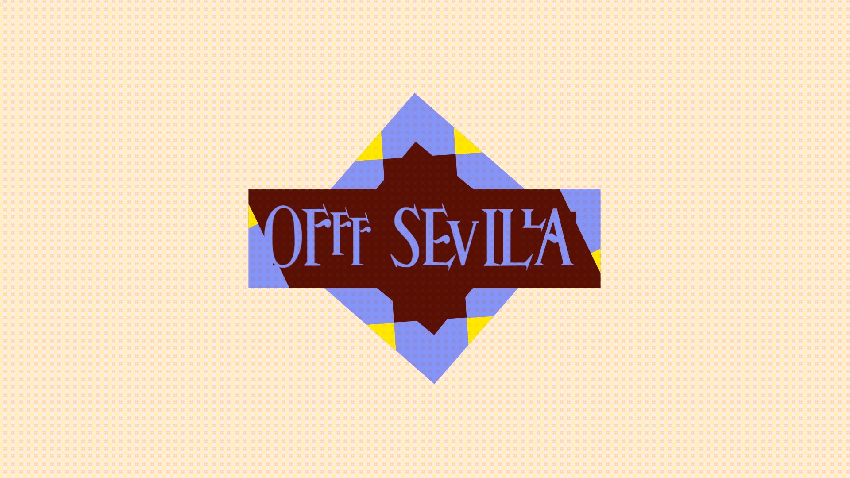
From Presentation to Reckoning
What happened next could have gone in many directions: defensiveness, silence, retreat. Instead, they turned inward, and then, bravely, outward.
In Barcelona, BOL and Device gathered their teams for a full internal debrief. They asked each other hard questions: What was the impact of our work? Should we even release this publicly? What did we miss?
“One of the central questions we posed was whether releasing and sharing the final sequence publicly would cause more harm than good, given its shortcomings,” they explained. “Rather than shy away, we leaned into it, evaluating the cultural implications and emotional weight of the feedback together.”
The conversation was not limited to leadership. Everyone had a voice. And together, they decided not to bury the project, but to share it with transparency, as a learning moment rather than a polished portfolio piece.
“We allowed ourselves to be vulnerable to critique,” said Guille Comin, Creative Director at Device. “We were honest about our limitations while giving context to the creative process.”
They presented the work at OFFF Sevilla with openness, setting the tone for a powerful conversation around cultural responsibility in creative work. What could have been a moment of failure became a moment of growth, not just for the team, but for the broader community watching.
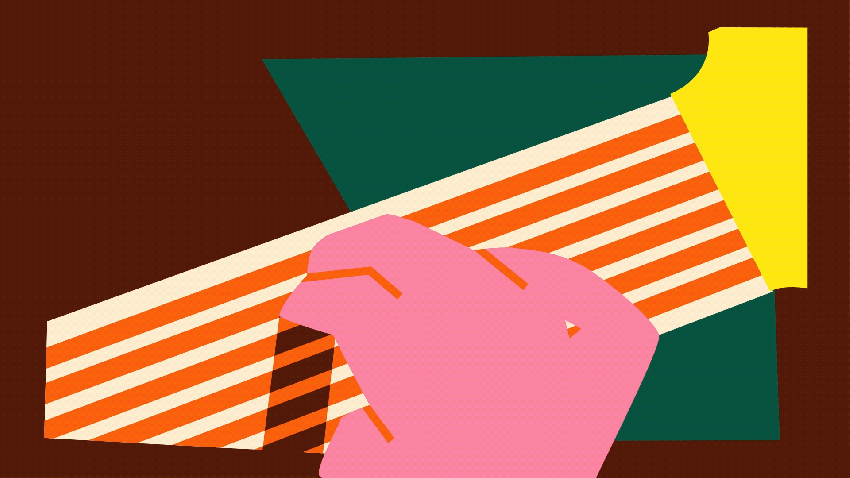
Aesthetic Vision, Ethical Blind Spots
The title sequence began with wide-angle perspectives, postcard views, flat graphics, and familiar icons. As the story progressed, it arrived at a Flamenco party, then a more intimate setting as the Bulería gave way to a Soleá.
What was missing was local consultation, lived experience, and true cultural intimacy.
“No local consultants or cultural advisors were involved,” Guille admitted. “That contributed to our blind spots. Being neighbors is not the same as understanding.”
“It is easy to unintentionally flatten a culture into symbols or visual clichés, especially when working from an external point of view,” they said. “Culture is not a collection of static icons, it is a living, evolving force shaped by history, community, and constant reinvention.”
They were not trying to define Flamenco, but without deeper context, the work landed as definition nonetheless. A romanticized narrative without roots cannot hold the weight of tradition.
A Shift in Studio Culture
“This wasn’t just a post-mortem. It sparked a new way of working,” said Ibran. “We realized that incorporating cultural expertise could not be an afterthought, it had to be foundational.”
As a result, both BOL and Device have embedded new practices into their workflow:
What We’re Doing Differently
-
Consulting local experts from the start
-
Embedding cultural sensitivity into onboarding and team values
-
Prioritizing sociopolitical context in all creative briefs
-
Creating space for critique and open dialogue at every stage
“We have embraced the importance of acknowledging potential missteps, not as failures, but as opportunities to grow,” they shared. “This now informs not only our future projects, but how we collaborate, onboard team members, and define success.”
Or as CEO Marcello Buselli put it: “We’re always a work in progress.”
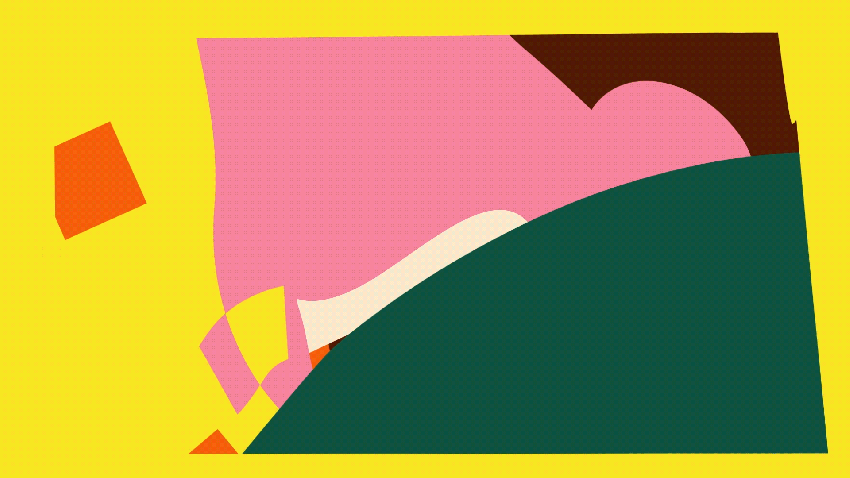
A Call to the Creative Community
This is not just a story about one title sequence. It is a mirror for every studio, freelancer, and client working across cultures.
We live in a time when visual language moves faster than dialogue, when references are global but processes remain insular, and when aesthetics can travel across borders more easily than the people they claim to represent.
The question is not whether you will make mistakes, you will.
The question is: how will you respond?
If you are a studio, audit your last five culturally-rooted projects. Did they include meaningful consultation? Are you budgeting for research, or relying on visual trends?
If you are a freelancer, push back on vague cultural briefs. Build relationships with consultants. Price in the time it takes to get things right.
If you are a client, fund the process, not just the product. Value authenticity over aesthetics. Prioritize diversity in your team, not just your moodboards.
Because creativity is not just about what we create, it is about who we become in the process.
“As creatives, our role is not to define culture through visuals,” said Guille. “It is to express how its elements resonate across time and borders, how they are kept alive through the people who live them, reinterpret them, and pass them on.”
At BOL and Device, they are choosing reflection over retreat, and transformation over silence. They have made mistakes, but they are sharing them, not for absolution, but to help build a better standard.
We all have a part in shaping how this industry evolves. Let’s do better, together.
OFFF SEVILLA TITLE SEQUENCE CREDITS
Client: OFFF Festival
Directed by Device
Produced by BOL Production House
Executive Producer: Ibran Trassierra
Creative Director: Guille Comin
Producer: Ariadna Pons
Director: Guille Comin y Pol Solà
Art Direction: Marc Stuart, Eudald Salarich
Illustration: Marc Stuart, Eudald Salarich, Pol Solà
Cel Animation: Dante Zaballa, Vir Fillol, Guadalupe Vyleta
Clean up: Vir Fillol, Guadalupe Vyleta
2d Animation: Jaume Mestre, Edu Altarriba, Ester Dus
Music & Sound design: Aimar Molero
Voice: Laura Marchal
Guitar: Joan Mercadal
Jaleos: Jesús Campos




